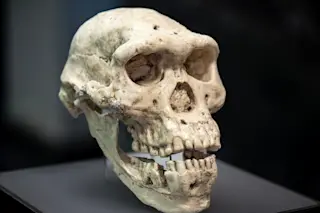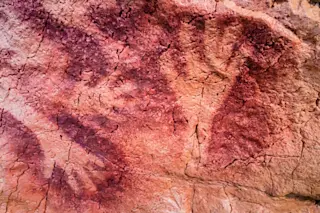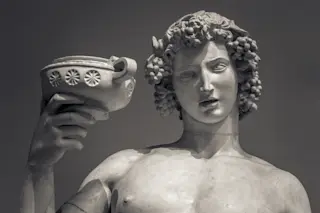Joe Davis depresses the clutch and puts his truck in gear. The first stops on today’s tour are MIT and Harvard Medical School—the two institutions at which Davis has held research positions (mostly unpaid), serving as an unofficial artist-in-residence, free spirit, and mad scientist all rolled into one.
Although his ’79 GMC pickup is a bit sluggish, Davis’s brain runs at one speed only and that’s overdrive. Ideas pour out of him at a breathtaking pace, and if you ask him what he’s been up to these days (as I did), you’re likely to get an earful. He tells me about experiments he’s doing at MIT with highly tempered glass that can withstand bullets and sledgehammers, yet, with subtler prodding, “explodes catastrophically.”
He launches into a discourse about “polytractors”—plastic disks with engraved markings, modeled after familiar protractors, that he invented for drawing regular polygons. Without stopping to catch his breath, ...















